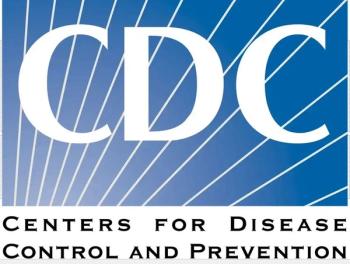
|Articles|May 16, 2023
Daily Dose: FDA Approves Fezolinetant for Treatment of Hot Flashes Caused by Menopause
Author(s)Sydney Jennings
Your daily dose of clinical news you may have missed.
Advertisement
Patient Care brings primary care clinicians a lot of medical news every day—it’s easy to miss an important study. The Daily Dose provides a concise summary of one of the website's leading stories you may not have seen.
On May 15, 2023, we reported on the US Food and Drug Administration (FDA) approval of fezolinetant (Veozah™, Astellas Pharma Inc.) 45 mg once daily for the treatment of moderate-to-severe vasomotor symptoms (VMS) due to menopause.
The approval
Fezolinetant is the first neurokinin 3 (NK3) receptor antagonist approved by the FDA for treatment of moderate-to-severe VMS due to menopause. This medication is not a hormone; fezolinetant binds and blocks activities of the NK3 receptor, which impacts the brain’s body temperature regulation.
The FDA based its approval on results of two 12-week, randomized, placebo-controlled, double-blind phase 3 SKYLIGHT trials, in which women assigned fezolinetant experienced reduced VMS frequency and severity. Following the 12-week study period, women assigned placebo were re-randomized to fezolinetant for a 40-week extension study to demonstrate safety.
The most common side effects of fezolinetant include abdominal pain, diarrhea, insomnia, back pain, hot flush, and elevated hepatic transaminases.
Click here for more details.
Newsletter
Enhance your clinical practice with the Patient Care newsletter, offering the latest evidence-based guidelines, diagnostic insights, and treatment strategies for primary care physicians.
Advertisement
Latest CME
Advertisement
Advertisement
Trending on Patient Care Online
1
Diagnosis of Obstructive Sleep Apnea
2
With Colonoscopy Capacity Limited, We Need More Momentum Behind Noninvasive Home-Based Tests, Says Mark Fendrick, MD
3
Key Advances in Mental Health Research in 2025 for Primary Care
4
FDA Approves GSK's Depimokimab for Severe Asthma with Th2 Inflammation, First Ultra-Long Acting Biologic
5


















































































































































































































































































